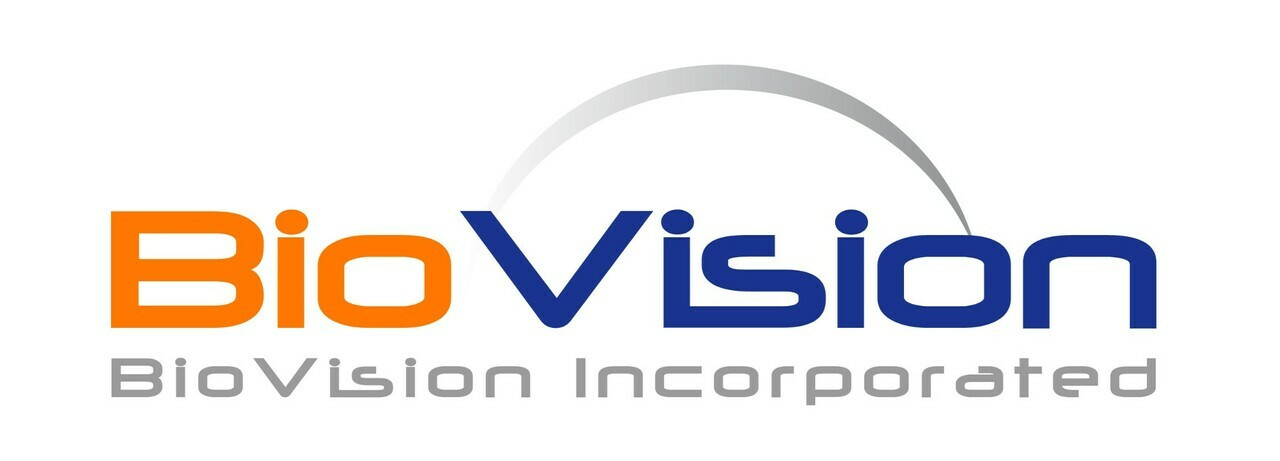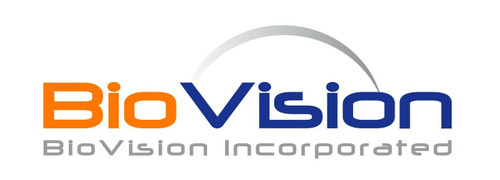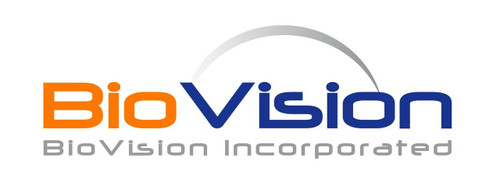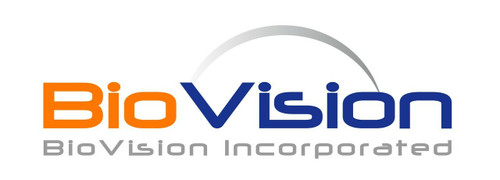Product Description
Signal Regulatory Protein Alpha (SIRPa) or Tyrosine-protein phosphatase non-receptor type substrate 1 (SHPS-1) is a member of the signal-regulatory-protein (SIRP) family, and also belongs to the immunoglobulin superfamily. SIRP family members are receptor-type transmembrane glycoproteins known to be involved in the negative regulation of receptor tyrosine kinase-coupled signaling processes. This protein can be phosphorylated by tyrosine kinases. This protein supports adhesion of cerebellar neurons, neurite outgrowth and glial cell attachment and is found to participate in signal transduction mediated by various growth factor receptors. CD47 has been demonstrated to be a ligand for this receptor protein, which leads to the negative regulation of phagocytosis, mast cell activation and dendritic cell activation. Diseases associated with SIRPA include bladder neck obstruction and autoimmune hemolytic anemia.
Biomolecule/Target: CD172A / SIRP
Synonyms: SHPS1, SIRPA, CD172A, BIT, MFR, MYD1, P84, PTPNS1
Alternates names: Placenta Growth Factor
Taglines: 95% pure, active, human cell expressed, human recombinant CD172A / SIRP - an immunoglobulin-like cell surface receptor for CD47
NCBI Gene ID #: 18654
NCBI Gene Symbol: PGF
Gene Source: Human
Accession #: P49764
Recombinant: Yes
Source: HEK293 cells
Purity by SDS-PAGEs: 95%
Assay: SDS-PAGE
Purity: N/A
Assay #2: N/A
Endotoxin Level: N/A
Activity (Specifications/test method): Measured by its binding ability in a functional ELISA.
Biological activity: Determined by its ability to chemoattract human monocytes of using a concentration range of 0.5-10 ng/ml.
Results: 0.5-10 ng/ml
Binding Capacity: Immobilized Human CD47 at 5 g/ml (100 l/well) can bind to biotinylated SIRPa/CD172a (ED) with a linear range of 0.05-2.5 ug/ml
Unit Definition: N/A
Molecular Weight: 32.6 kDa
Concentration: N/A
Appearance: Lyophilized
Physical form description: Lyophilized from 0.22 m filtered solution in PBS, pH 7.4.
Reconstitution Instructions: Reconstitute the protein in sterile 20 mM acetic acid to a concentration of 0.1-1.0 g/l. The solution can then be diluted into other aqueous buffer
Amino acid sequence: N/A
 Euro
Euro
 USD
USD
 British Pound
British Pound
 NULL
NULL








